Summer temperatures last increasingly longer well into autumn in most of Alicante, but birds remind us of the passing of seasons. Under good conditions, important numbers of migrants fly over open areas or settle for days in strategic habitats. Following up on the chronicle of birdwatching in the Alicante summer, this is an appreciation post of my local patches and their autumn treats.
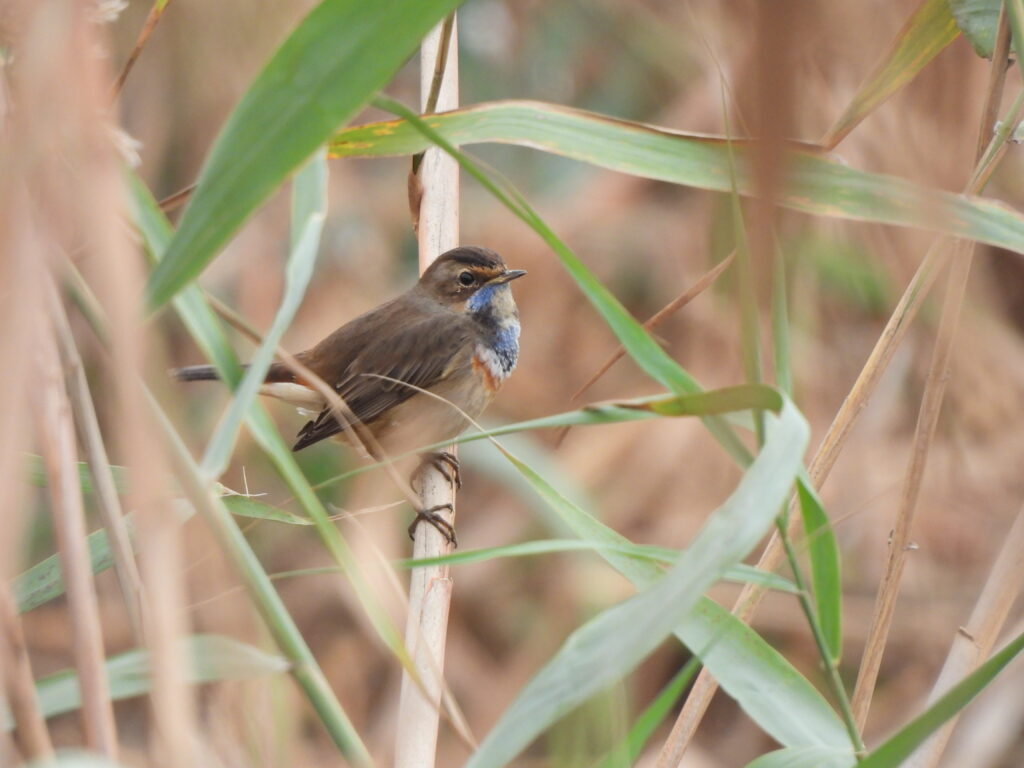
There are two main flows of migrating birds in the region, happening at different times. From the very end of August through the first half of September, trans-Saharan migrants are on the move. Suddenly, I start noticing modest numbers of melodious warblers (Hippolais polyglotta), western subalpine warblers (Curruca iberiae) and Orphean warblers (Curruca hortensis) in odd places of Alcoi or Serra de Mariola where they most likely did not breed. European bee-eaters (Merops apiaster) are on the move, with numerous flocks of up to hundreds passing over while calling everyday, everywhere — a passage easily noticeable for weeks.

As days go by, good numbers of species exclusive to passage in Alicante can be seen all around: willow warblers (Phylloscopus trochilus), common redstarts (Phoenicurus phoenicurus) and pied flycatchers (Ficedula hypoleuca) join the still abundant spotted flycatchers (Muscicapa striata) in the gardens and forest patches of towns and cities.
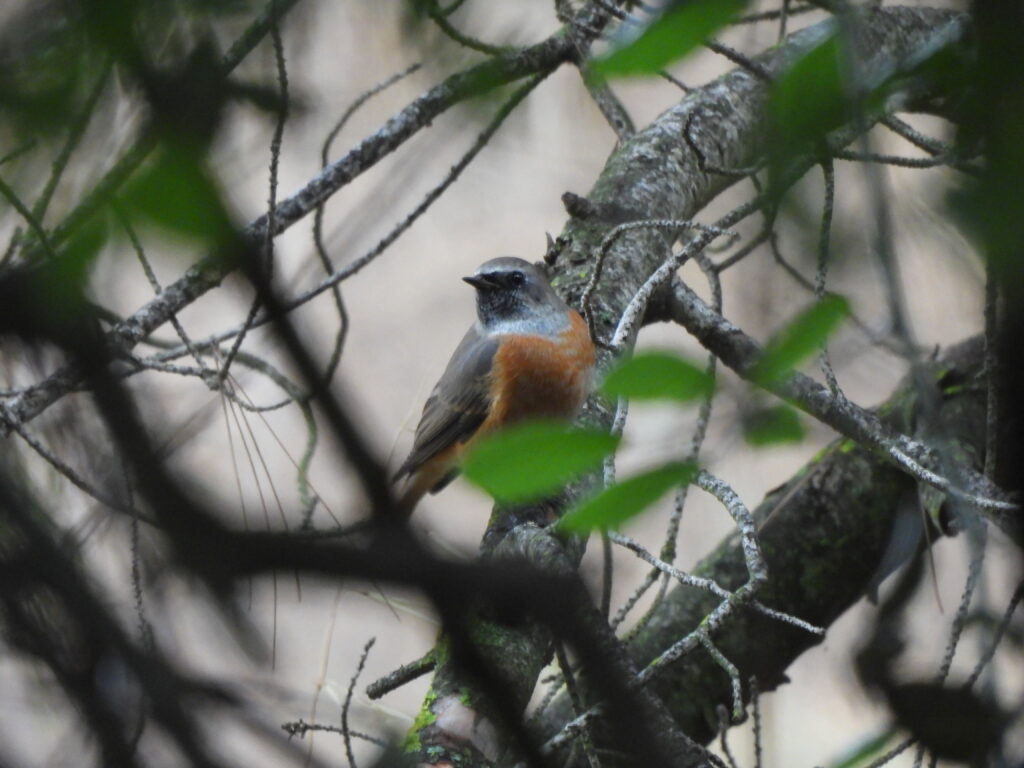
Similarly, open cropfields are filled with migrating northern wheatears (Oenanthe oenanthe), whinchats (Saxicola rubetra) and dozens of yellow wagtails (Motacilla flava) in areas of Villena or Elx. The Eurasian dotterel (Eudromias morinellus) is a particularly interesting visitor to only few of these fields, as small flocks return to the very same areas year after year — a wader I have grown fond of over the last years, and a treat to search for every season.
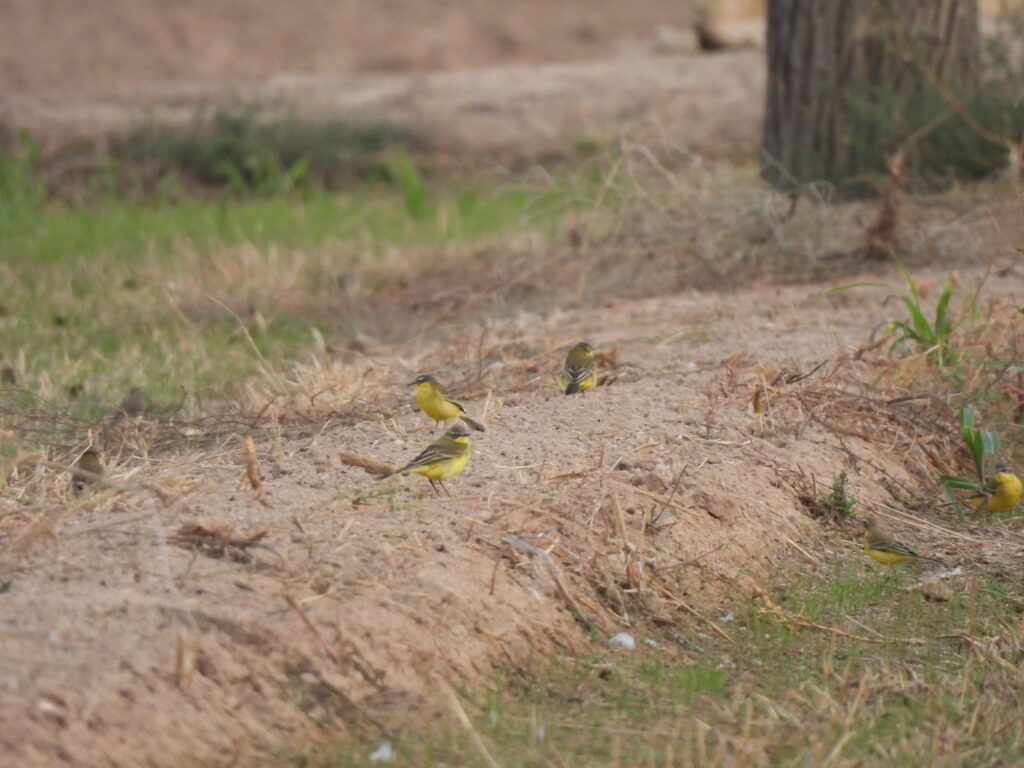
These open areas are great for raptor watching. West winds blow large soaring birds closer to the Spanish Levante, and dozens of honey-buzzards (Pernis apivorus) along with black kites (Milvus migrans), hobbies (Falco subbuteo), white storks (Ciconia ciconia) and other large species appearing only if conditions are right. Most sightings of these species in Alicante involve birds in active migration. Although I have had great raptor-watching days in El Hondo, Sierra Escalona seems very productive, perhaps funneling soaring birds between the mountains and the sea.

Wetlands with very low water levels and large mudflat areas are extremely productive over this first half of autumn. Large numbers of curlew sandpipers (Calidris ferruginea), little stints (Calidris minuta) dunlins (Calidris alpina) and Temminck stints (Calidris temminckii) stop and fuel up for days. This is a great time to try to connect with scarce passage waders and waterbirds such as oystercatchers (Haematopus ostralegus), red knots (Calidris canutus), pectoral sandpipers (Calidris melanotos) or white-winged terns (Chlidonias leucopterus).

The second stage of migration happens through October and is mostly represented by pre-Saharan migrants. Although most of these species are prominent residents or winter visitors, autumn is the season when the highest numbers can be recorded. From the standpoint of Alcoi, this is usually marked by a steep increase in blackcaps (Sylvia atricapilla) and robins (Erithacus rubecula), plus the arrival of the first chiffchaffs (Phylloscopus collybita) and song thrushes (Turdus philomelos) of the season.
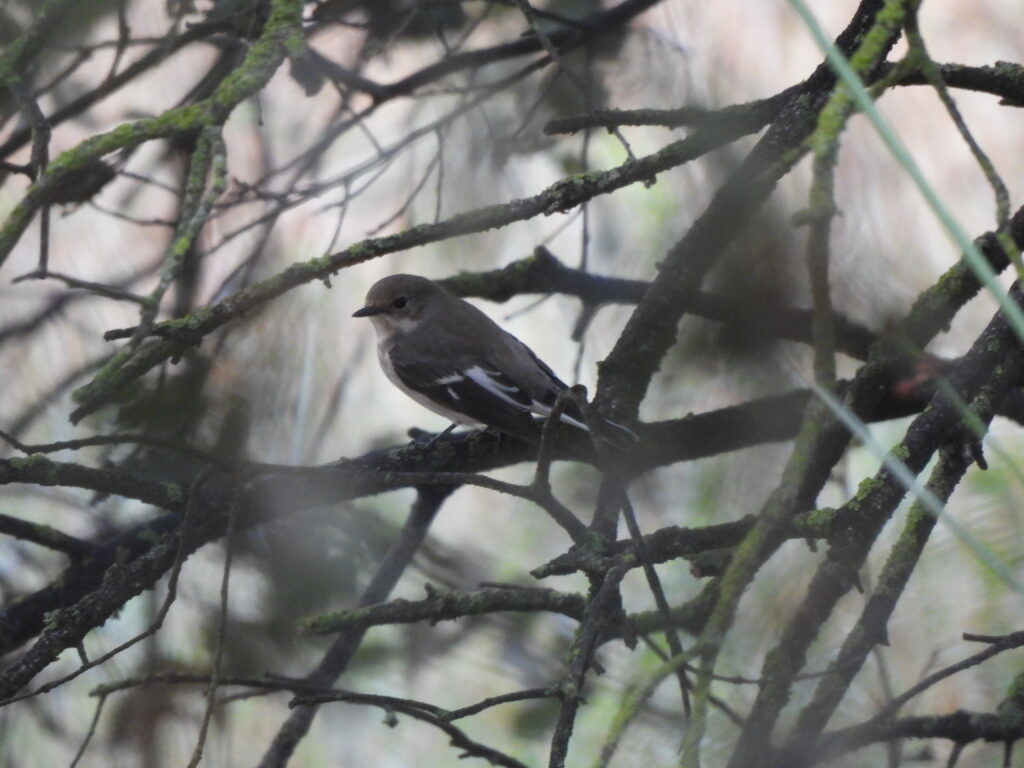
Chaffinches (Fringilla coelebs), greenfinches (Chloris chloris) and goldfinches (Carduelis carduelis) gather in flocks of hundreds or even thousands in orchards and croplands, likely enlarged by incoming and passing birds from northern latitudes. In fields around Elx, numbers of white wagtails (Motacilla alba), skylarks (Alauda arvensis) and especially meadow pipits (Anthus pratensis) skyrocket, concentrating in freshly cut or recently irrigated fields. The later are also favored by ruffs (Calidris pugnax), wood sandpipers (Tringa glareola) and other waders, while incoming bluethroats (Luscinia svecica) forage in the flanking vegetation.
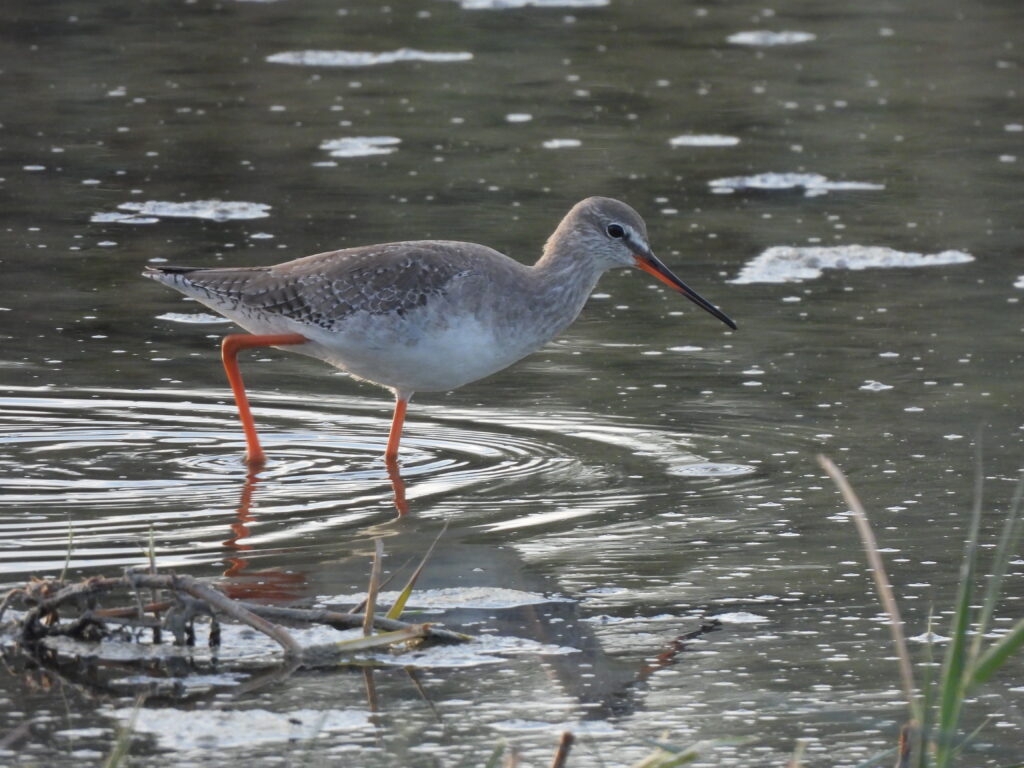
A remarkable migration event at this time of year is that of the Scopoli’s shearwaters (Calonectris diomedea). Over just a handful of days, thousands of these shearwaters fly south relatively close to Alicante’s capes and shores, aiming to leave the Mediterranean and reach their wintering grounds in the open South Atlantic. This coincides with the passage of the first gannets (Morus bassanus) and allows views of ruddy turnstones (Arenaria interpres), whimbrels (Numenius phaeopus) and gray plovers (Pluvialis squatarola) along the shore.
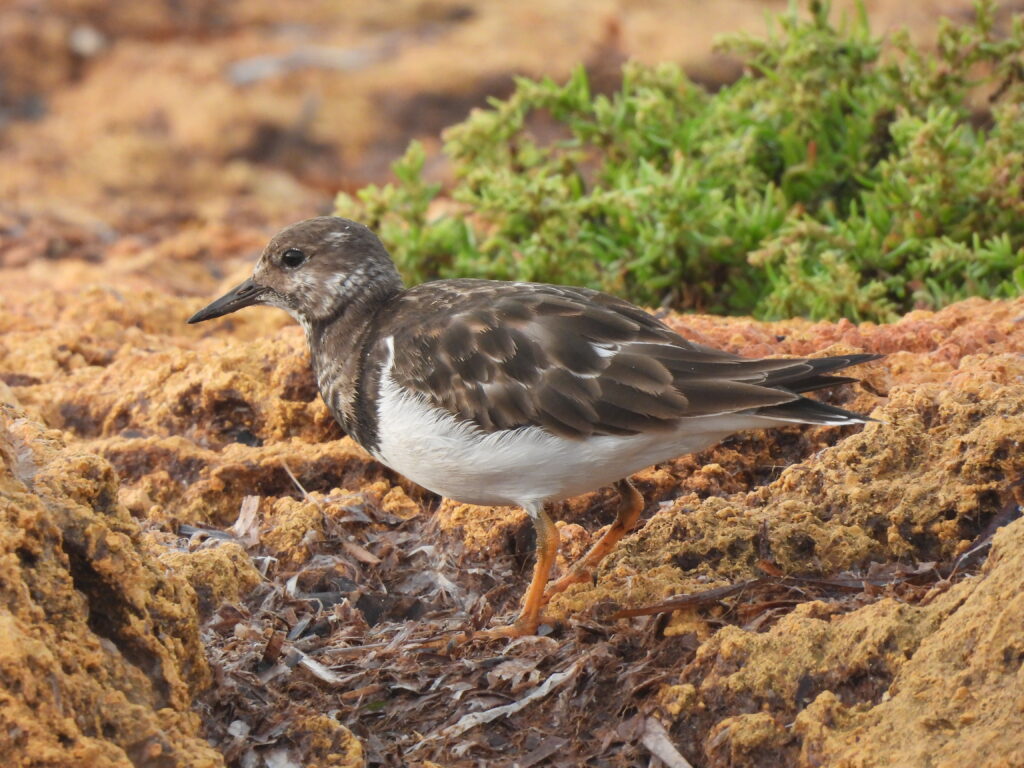
The geography of Alicante seems to make it harder for migrating birds to follow a single stream close to the coast — which limits vismig (watching birds in visible migration) compared to other regions along the Spanish Mediterranean. An exception to this trend is Tabarca, an island off Santa Pola where the presence of migrating birds is often most evident. Low shrubs throughout the island and very limited tree cover within the town make it possible to connect with dozens of warblers, thrushes, redstarts, wheatears and pipits on their stops during open-sea migration.

While no migrant mega has yet been recorded in Tabarca — and very few in Alicante for that matter — we locals can’t help but dream on every outing during fall migration. Luckily, there are always birds to keep us entertained as we observe how the heat-dwelling summer visitors are progressively replaced by wintering species.




